This is a series of photos that I took when I went to the Smoky Mountain National Park :
 |
Broad headed skink( (Plestiodon laticeps)
This skink is in fact quite rare! 
 |
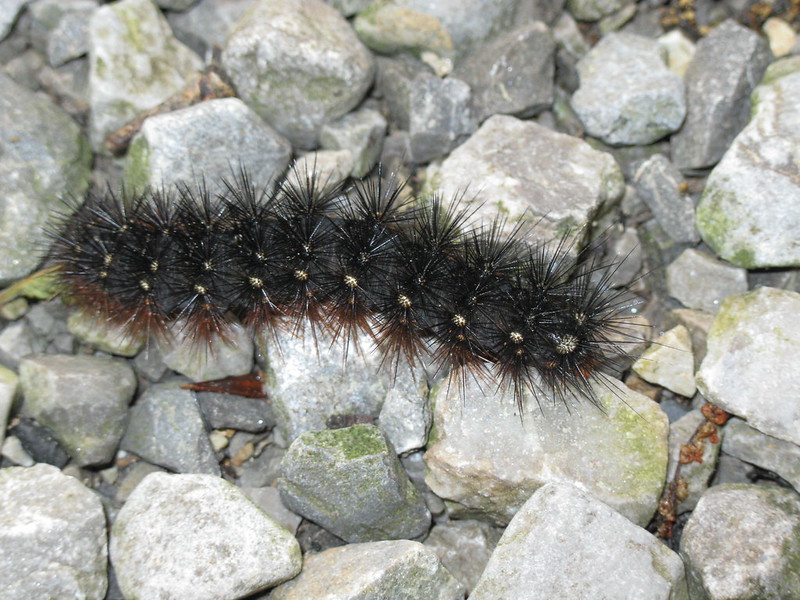 |
Tiger moth caterpillar ( also known as a wooly bear!)
If you look closely at this caterpillar, you will notice that it is covered in hairs. These can serve the function of a porcupine's quill, or they can be loaded with poisons that they can inject into a predator if the circumstance arises. If you see a caterpillar armed with this, do not touch it! Despite the fact that this type of caterpillar is so well- armed and is best to be avoided, the moth that it turns into is exquisite. |
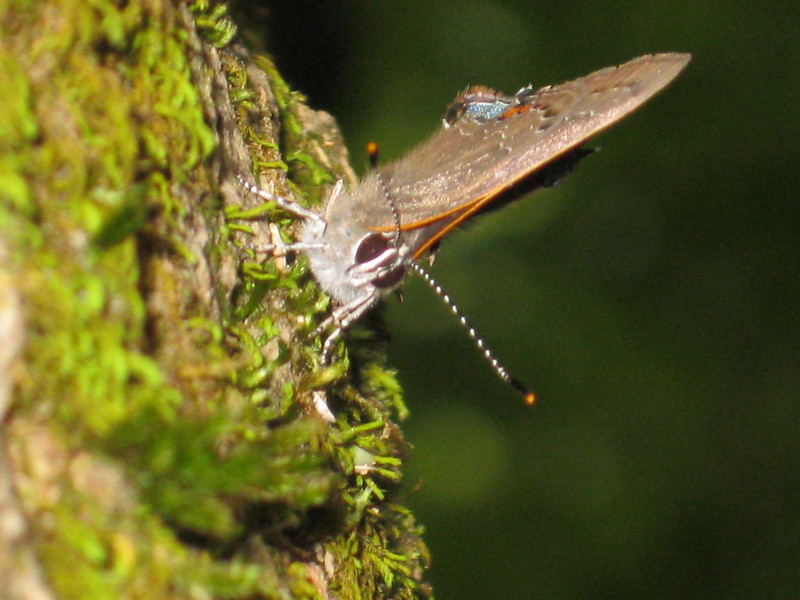 |
| Hairstreak butterfly( Callophrys gryneus) |
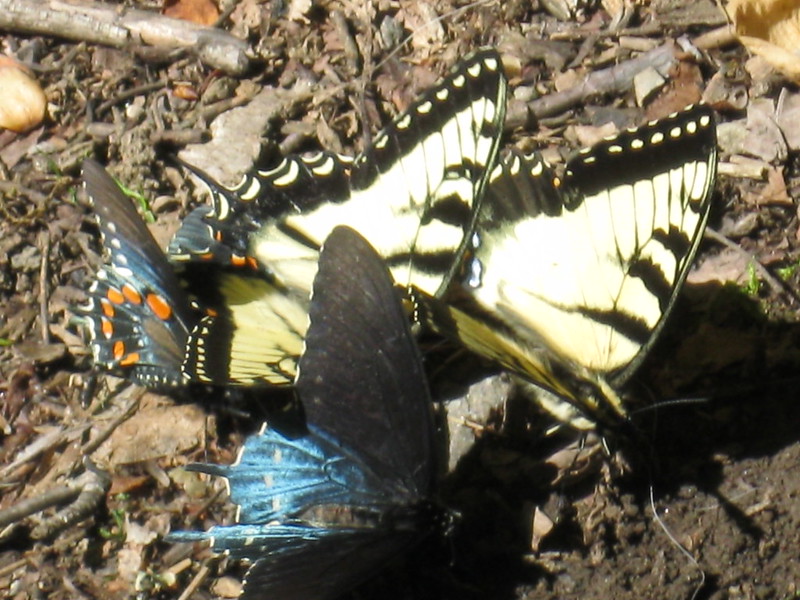 |
Pipevine and tiger swallowtails
These butterflies are absorbing nitrates from a patch of mud. Butterflies seen taking in moisture from muddy patches are almost always males. They home in on sources of sodium and nitrates which are found dissolved in mud or damp sand.Sodium is vital for physiological functions including digestion, reproduction and flight.
|
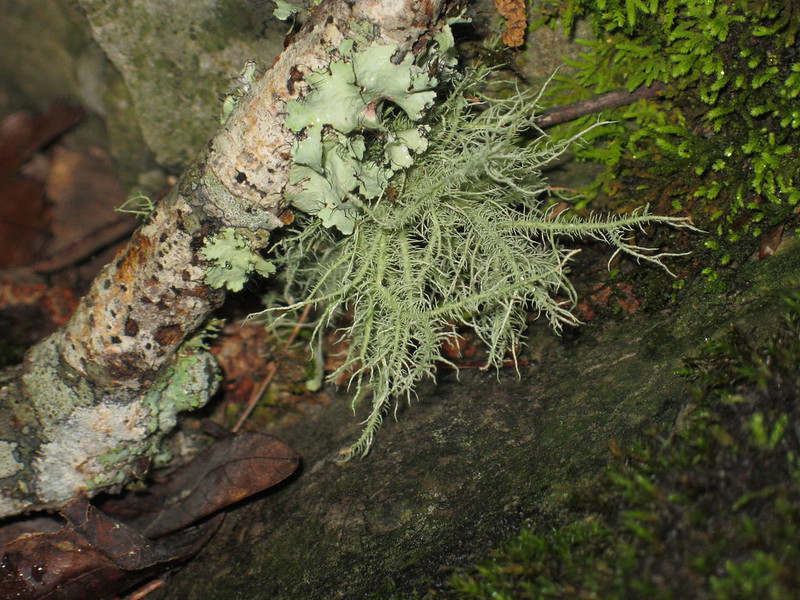 |
Fruticose lichen
There are different varieties of lichen: crustose, fruticose, and foliose. Fruticose lichen is the bush-like lichen shown in the picture above. Foliose is the most common, and named after its appearance that makes it look like a dry leaf. Crustose lichen is lichen that is in a crust formation. |
 |
Click beetle( elaterid)
Click beetles are named after the clicking sound made by snapping their pronotum against their body. This is useful for startling predators( they jump up while clicking!), and uprighting itself when it becomes overturned. |
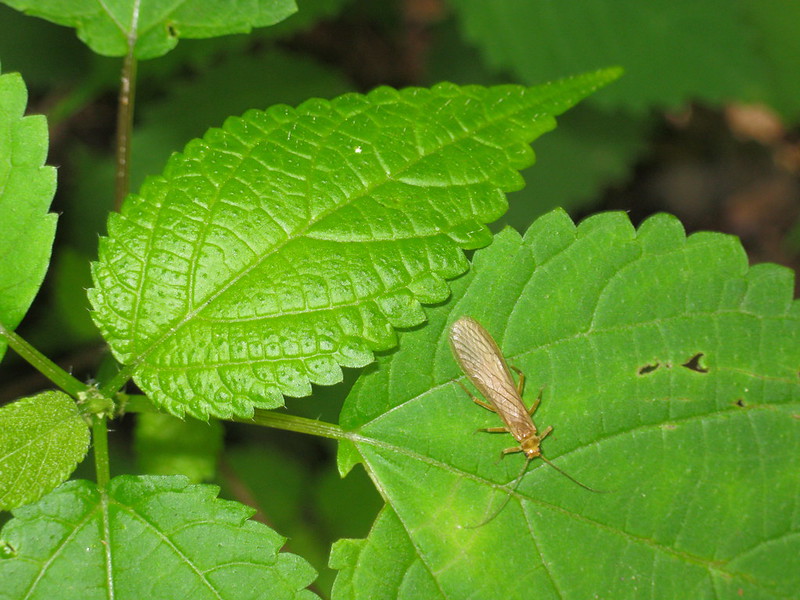 |
Caddisfly( order Trichoptera)
Caddisflies are a type of insect that dwells near streams. Just like with dragonflies, they lay their eggs in water in the same manner, and they are predacious. |
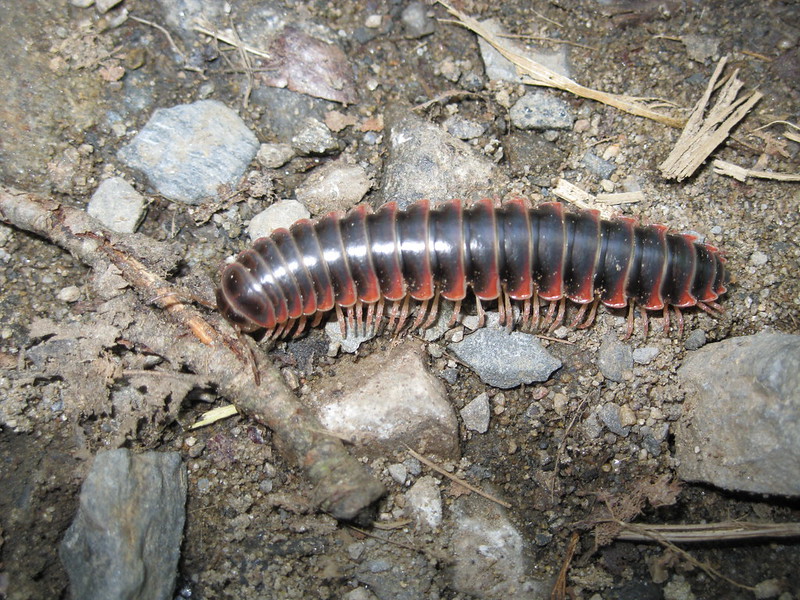 |
| Another millipede (notice the warning colors red and black!) |
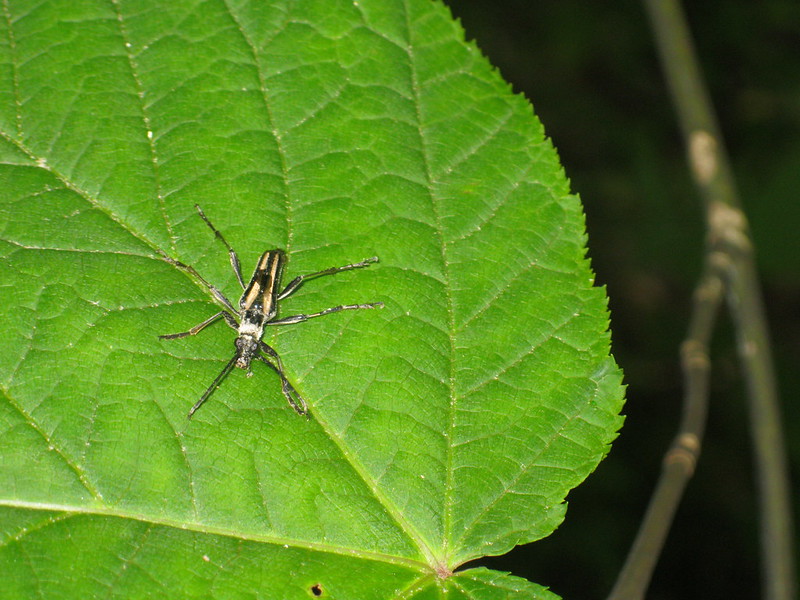 |
Cerambycid
Cerambycids often possess long antennae, but this particular species has shorter ones. In fact, cerambycids can be considered pests, because they eat leaves, including those of food crops.
|
 |
| This is a millipede that I found hiding in the leaf litter. You have probably noticed the yellow and black armored plates on its back. These colors are meant to warn off predators who might want to eat it. If a predator tries to eat it anyway, they will be punished with a venomous bite from the millipede. Common warning colors are red, yellow, and black, but must be seen together for the full warning. |
 |
| Mourning Cloak butterfly( Nymphalis Antiopa) |
 |
Pipevine swallowtails ( Battus Philenor)
|














No comments:
Post a Comment